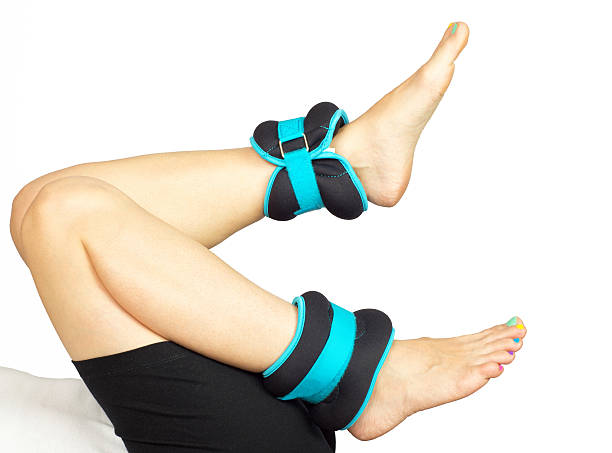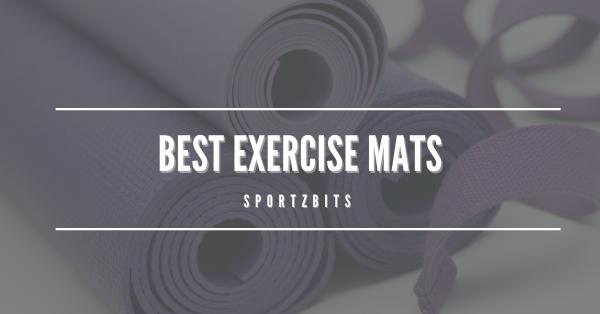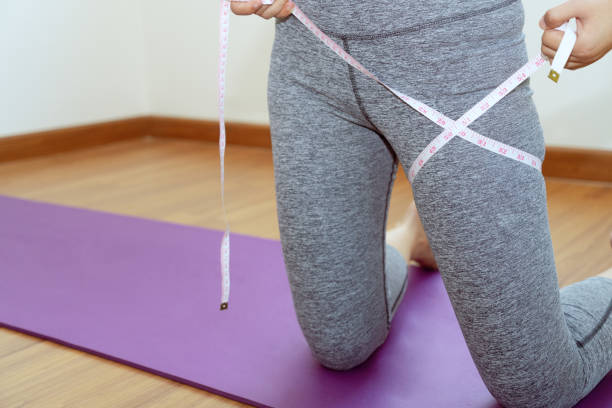If your fitness routine incorporates strength training, it’s vital to include exercises for the upper body. These exercises help increase muscle strength and improve endurance in different upper body muscle groups. Such training is beneficial for weight loss, reducing the risk of injury, and strengthening your bones, provided it is done correctly.
If you have a fitness expert present guiding you throughout your training, there’s the best chance that you’ll get the correct form and movements when you perform the exercises. But, if you don’t have that opportunity, you might be doing your upper body exercises wrong.
Many people are making the most common mistakes while performing upper body exercises without even realizing it, so they don’t see the results they want. Let’s explore some of the worst things you can do to your upper body so that you can avoid them and have much better results!

Common Form Mistakes
The consequences of poor form are not getting the results you want and, worse, getting an injury during a strength training workout. When you work your upper body, you engage different muscle groups. Proper form helps in engaging these muscles correctly hence, giving you the best result you expect.
Bench Press
Lifting weights is one of the exercises you must perform, and this kind of exercise requires a proper form to execute without injuries to your shoulder joint effectively. The bench press is a staple exercise for upper body strengthening. One of the usual form mistakes during the bench press is when your elbows are flaring out. Position your elbows tucked when you bench press.
Related read: Best Sit-Up Bench
Push Up
Push-up is one of the common upper body strength exercises to include in a training routine. You have to maintain good form when starting and executing push-ups. Most beginners struggle to keep the back in a straight line, even at the starting position. It’s one of the most difficult bodyweight exercises to perform and can cause your other muscles to strain.

These parts of your body should be kept in the right positions: the head, arms, neck, chest, elbows, shoulders, knees, legs, and hips. Avoid collapsed shoulder blades, hands too forward, hips too low, and your elbows pointed out. If you don’t have a certified personal trainer with you when performing a push-up, have someone with enough fitness knowledge to check your form and positions. When you lift your body when doing the push-up, engage your core.
Movement and Techniques Common Mistakes
Not all exercise mistakes you make for the upper part of your body lie in the form and position of your body. The techniques and the movements are also crucial to be properly executed to achieve the full benefits of your workout and avoid any injury.
Lack of T-Spine Extension on Overhead
Many trainers believe that maintaining a rigid core and minimal ribs protrusion minimizes impact. It’s impossible to create optimal shoulder extension, but you set your chest high and tilt your upper trunk upwards as necessary for an effective and safe range of motion.
It is nearly impossible to create perfect vertical force vectors without great thoracic extension because some of this energy is inclined horizontally. Doing this produces destabilizing forces from the load, noting the fact that it compromises force-generating capacities. The failure of proper mechanics can cause major neck pain, shoulder, knee, and upper back pains. If you are still not convinced, try all low-pressure overhead variants with appreciable weights.
Over Pulling on Pull-ups and Pulldowns
Advanced and novice lifters try to draw too much and too high for vertical pulling motions like pullbacks and lat pulldowns. On the other hand, the goal should be to correct the mid-back muscles. The target should be the whole upper body to promote proper activation in the shoulders.
The pulling at the core is quite demanding without changing the weights. Point the elbows straight ahead instead of out to the sides; the bar should not touch the chest. By absorbing these cues, the push-down/pull-up range of motion will be more compact than most lifters assume.
Pseudo Elbow Tuck
Much of the time, lifters do not realize how pseudo elbow tucks occur where the maneuvers are performed from flexor muscles and not from shoulder blades. This is potentially very problematic. It produces shoulder crowding, which is similar to internally rotating and anterior displacement of the shoulder girdles. The hands should be tightened more with detaching it than relying exclusively upon body posture to secure it. As you are moving into shoulder extension, the shoulder mobility should be loose. Just keep your shoulders back and keep your lats tight.
Rowing with excessive ROM
In the eyes of many lifters, the natural tendency of achieving maximum mobility is achieved to promote mobility. Lack of adequate lat activation, especially at upper lats, and insufficient shoulders stabilization, cause elbows to move too far behind the line of the torso.
There is also increased strain in the neck, shoulders, and upper traps but not in the lats and high back. When the load is pulled out of your neck to stretch, your elbows will fully rest, and your chest should remain curled slightly. Ultimately shoulders are pulled into Internal rotation as they are essentially pulled out of their ideal mechanics if you use the proper muscles and use proper rowing mechanics.
Exercise Sets and Reps Mistakes
1. Doing too few repetitions for each set (sets x reps) or exercise (<10 reps per set). This will cause your muscles to not thoroughly burn out and therefore grow as much as possible.
2. Not doing enough sets, meaning less than 3-5 total sets per muscle group. A smaller muscle group like the biceps should be engaged in an exercise in 10-12 sets. Doing this will make sure you are getting the full potential for your muscles to burn out.
3. Doing too many reps causes a lot of lactic acids to be built up because you’re working out in a way that is not stimulating the muscle enough to become fatigued and grow larger. It would be best if you were doing 8-12 reps per set for maximum size gain.
4. Rushing through repetitions by using momentum. Doing this will not cause the burn; you need to put your muscle in a state that is forced to grow. You should slowly lower and raise every weight when doing any exercise for maximum results.

Routine Mistakes
1. Not creating a workout routine. This is why people go to the gym and do whatever they feel like working on that day with no specific routine, don’t make this mistake!
2. Lost focus on the upper part of the muscle when doing exercises like chin-ups or lat pulldowns. It would help if you focus on the top 1/3 of your muscle or have little to no results.
3. Not focusing on the contraction by flexing at the peak of every rep when doing exercises like bicep curl; if you just let go right after finishing each rep, there is no benefit.
4. Not resting enough between sets; you should be resting at least 60 seconds in-between each set so that your muscles have time to recover and grow.
5. Not having a workout partner can help push you to work out harder for maximum results! Try finding someone that has the same goals as you so that they will be able to motivate you each time you go to the gym.
6. Doing too much cardio, and strictly focusing on cardio is not enough to create an incredible physique. It would help if you were doing cardio for about 20-30 minutes after your weight or dumbbells workouts and not the other way around to achieve maximum results.

Complacency in your Overall Health
1. Not drinking enough water, your body needs to be hydrated to perform at your best when working out; make sure you drink plenty of water throughout the day.
2. Not eating the right foods after a workout, this one is important! You need to eat foods high in protein and calories after working out for maximum muscle growth.
Read also: All the Ways Eating Breakfast Can Help You Lose Weight

Conclusion
The mistakes we’ve shared in this blog post are easy to make and can be avoided with a few adjustments. Follow the tips we outlined above, and you’ll see much better results from your upper body workouts!





